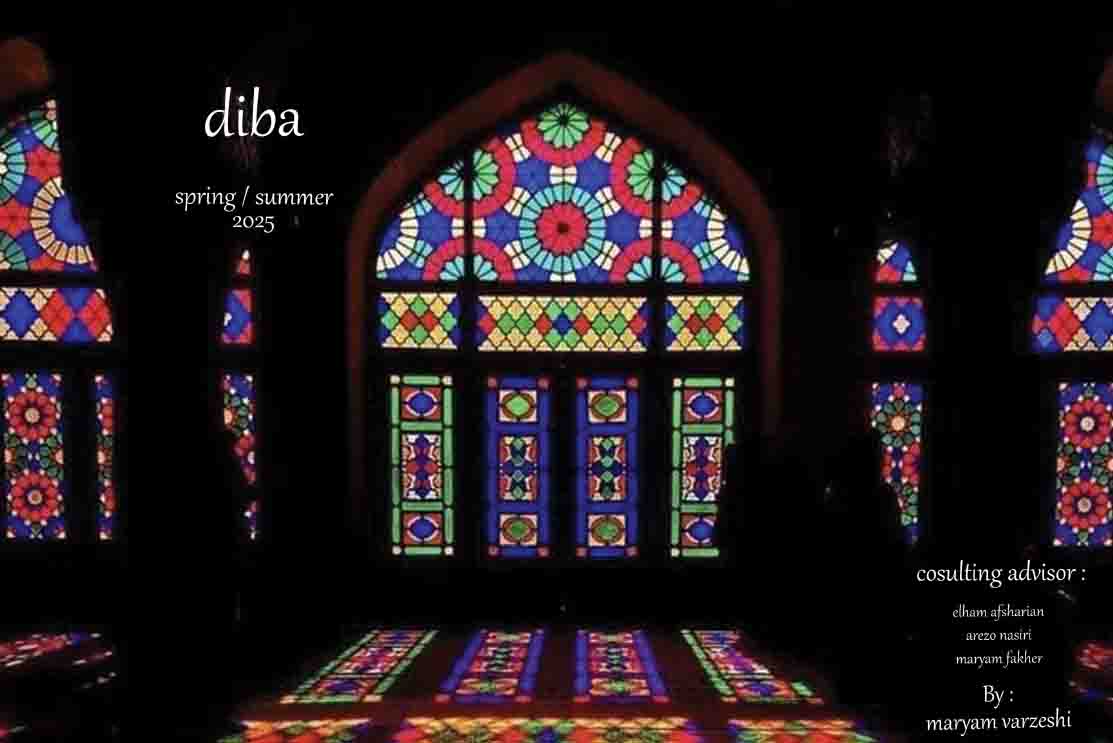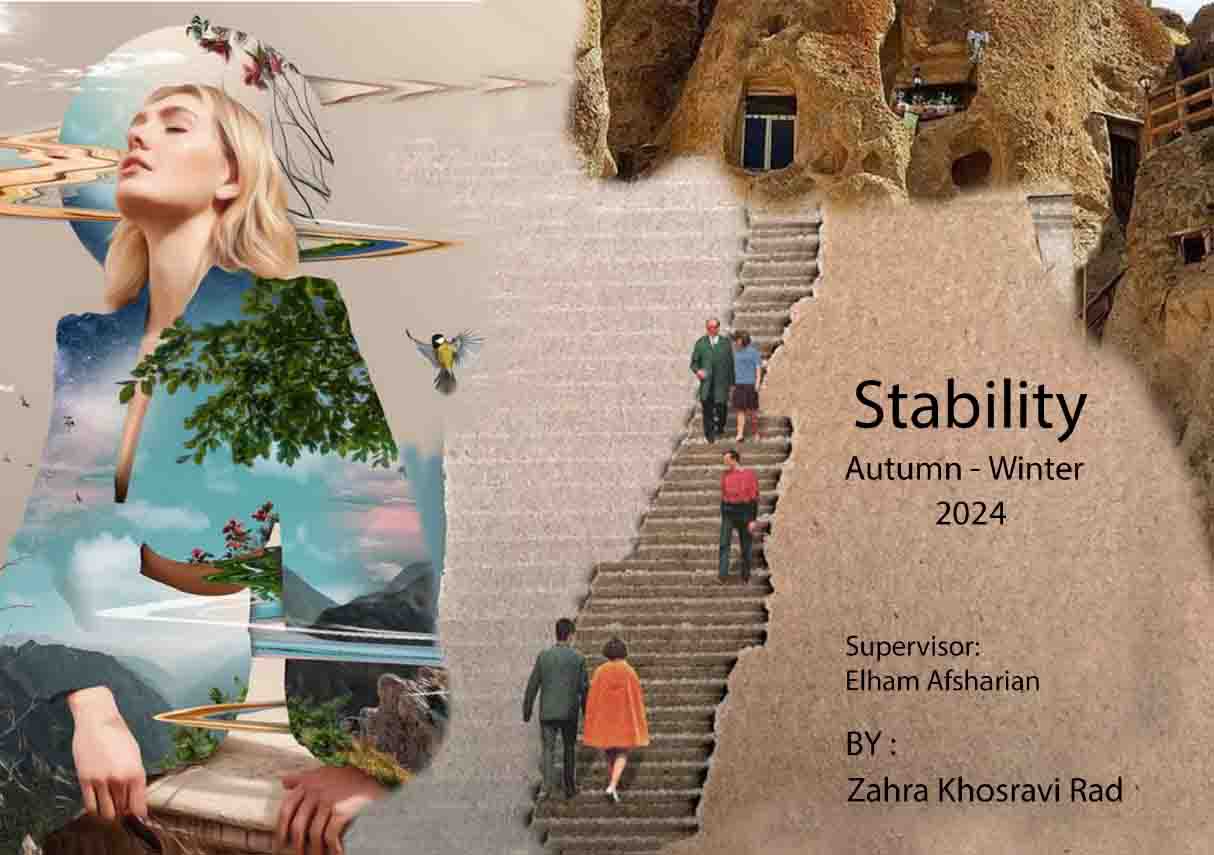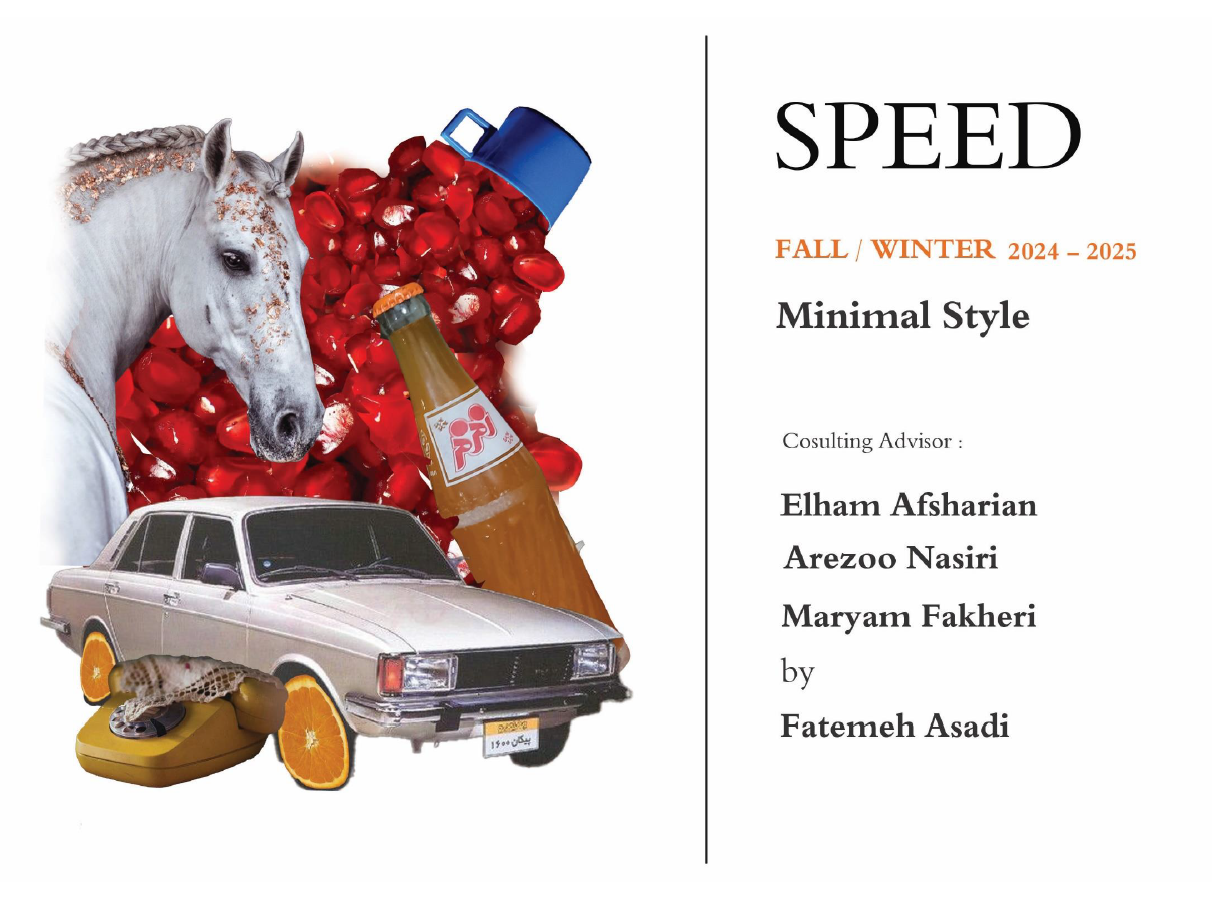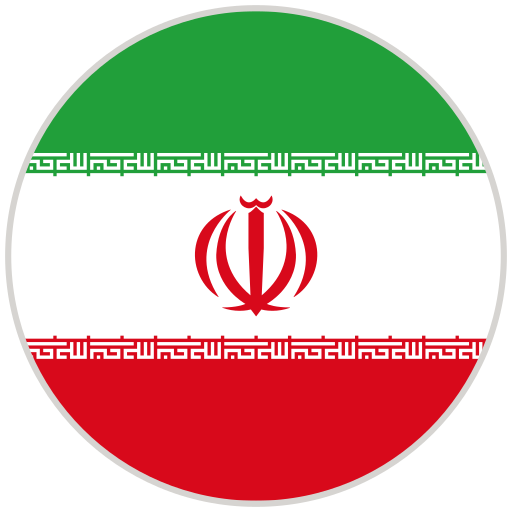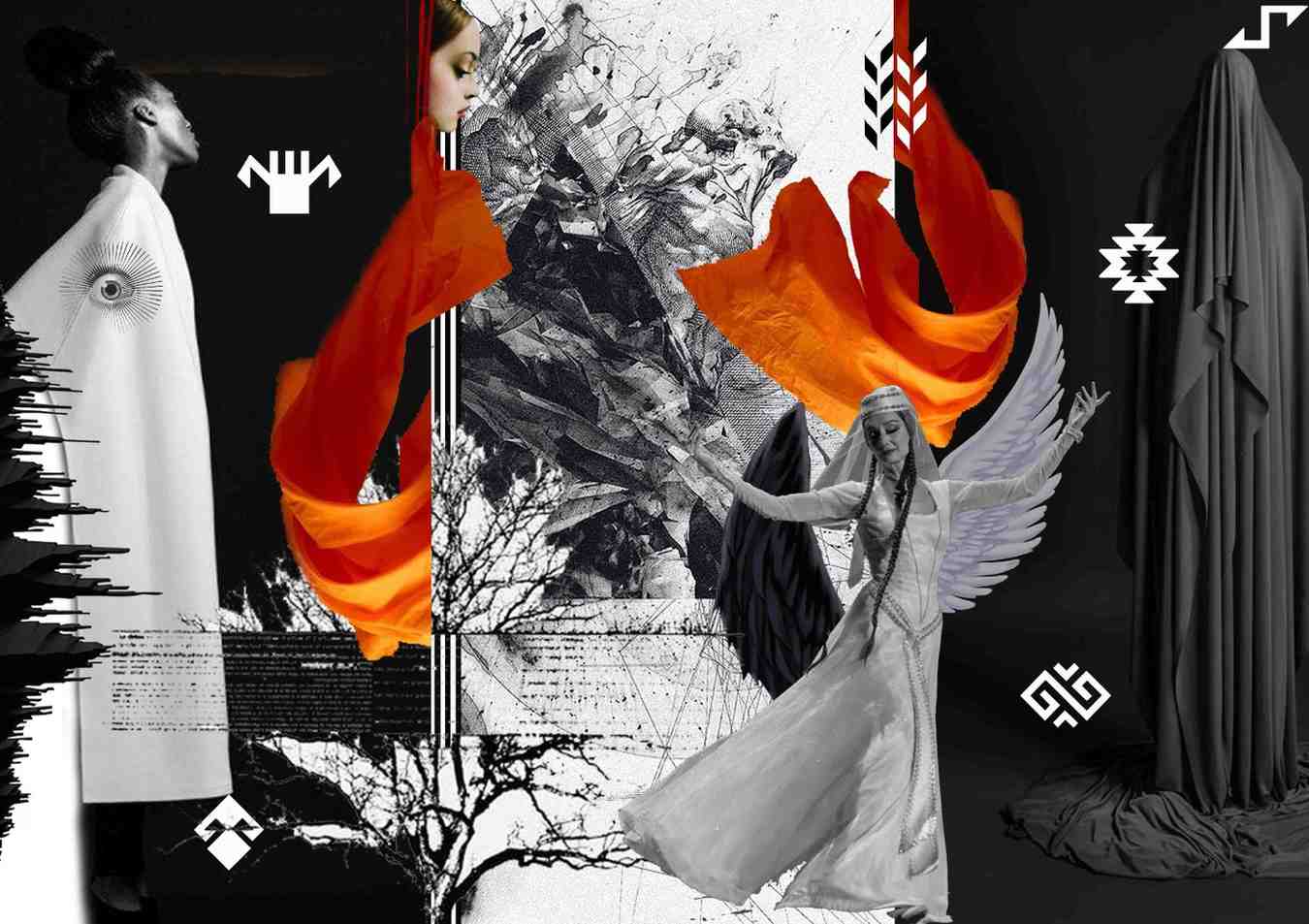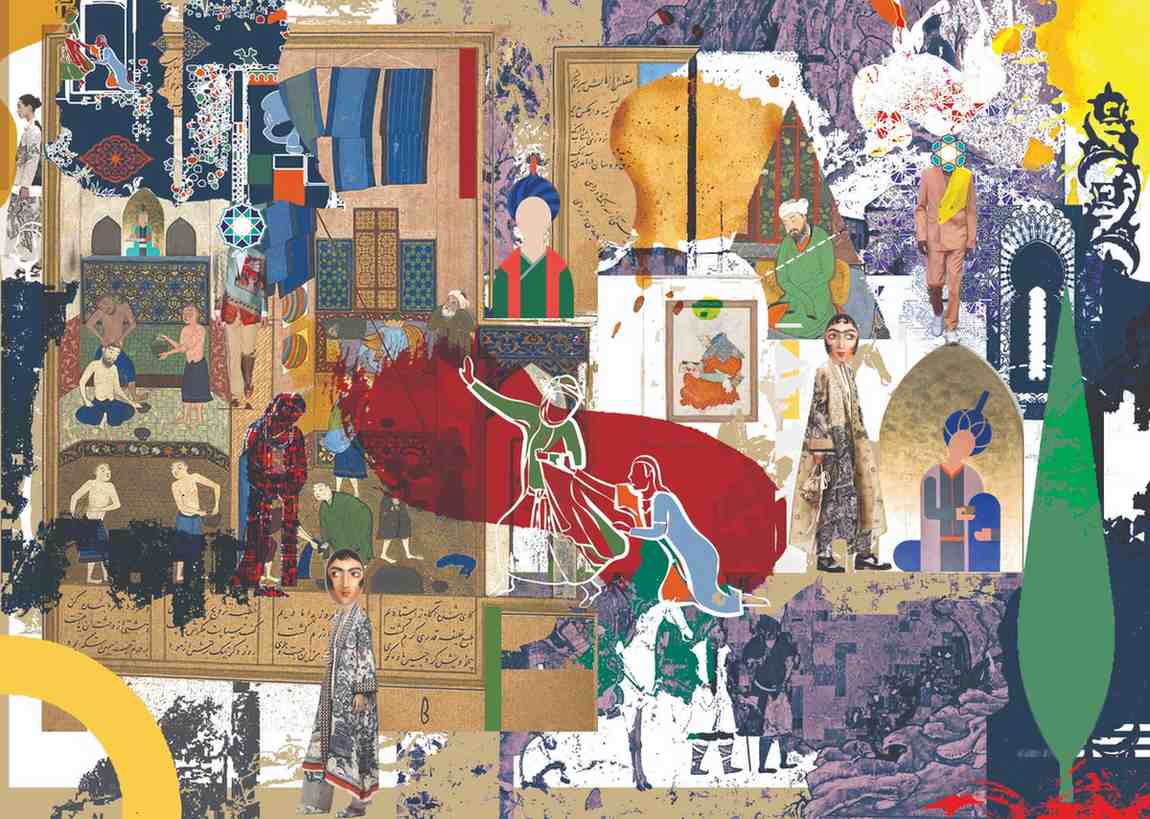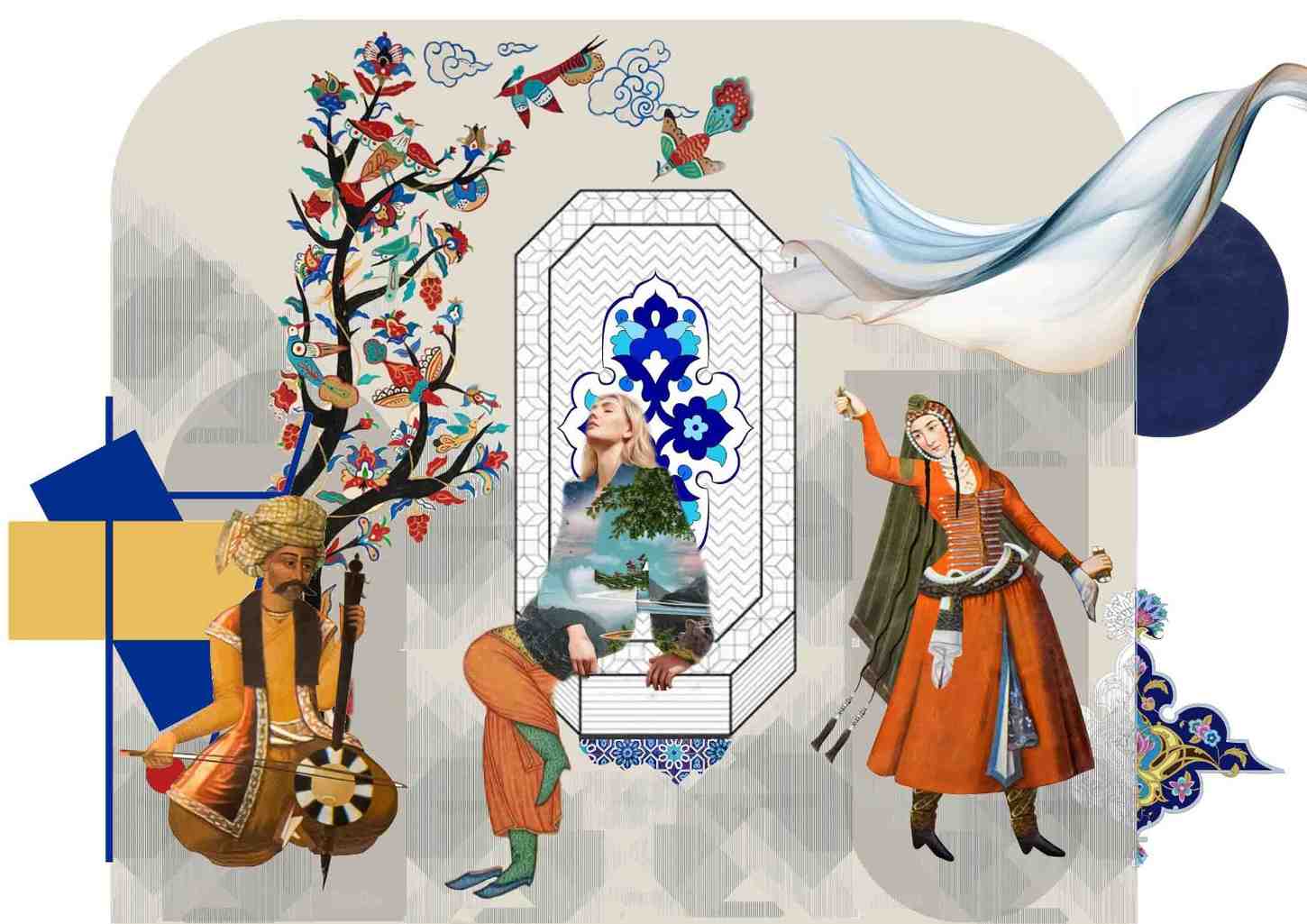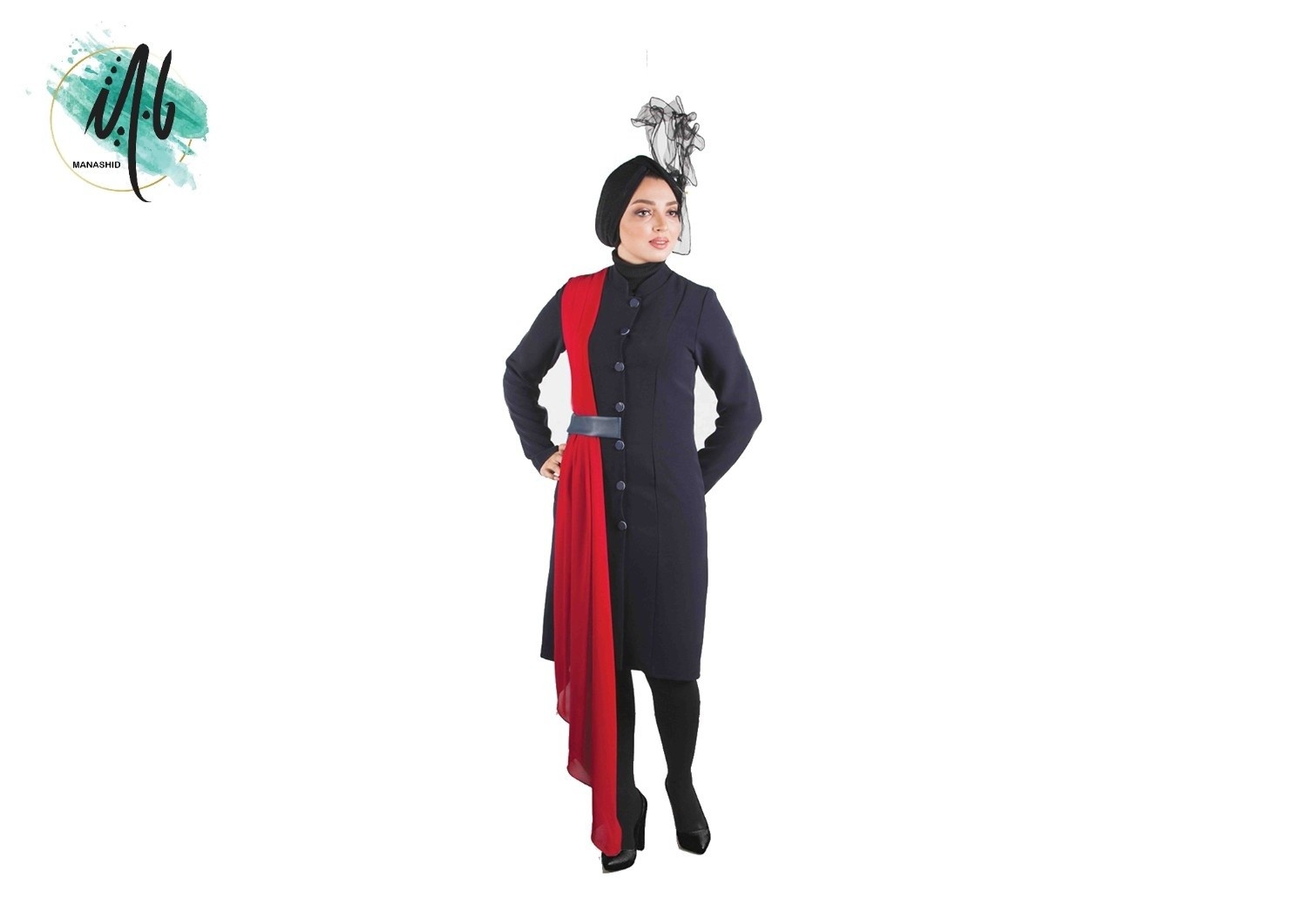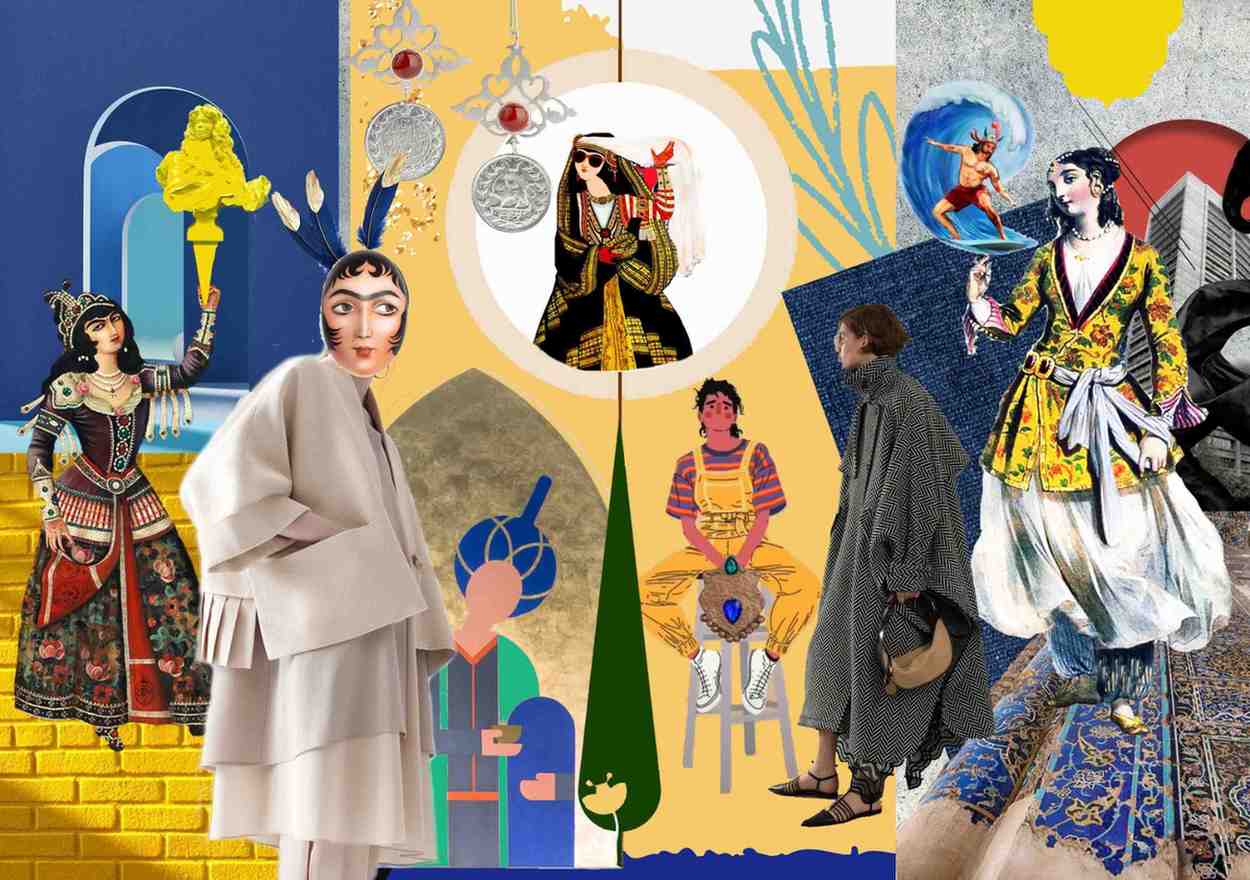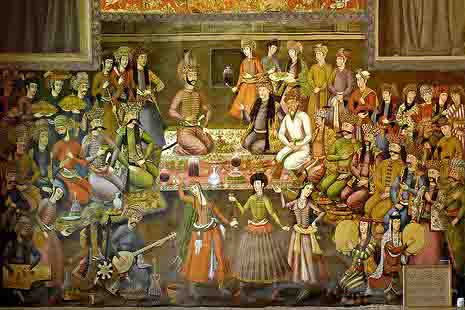-
 Manasheed from thehistory of clothing.Wear the past.
Manasheed from thehistory of clothing.Wear the past. -
 Historymakinggarments
Historymakinggarments -
 Fashionbornfrom history.
Fashionbornfrom history. -
 Clothesthat telltales.
Clothesthat telltales. -
 Designhistory.
Designhistory. -
 Yesterday's clothes,today's inspiration.
Yesterday's clothes,today's inspiration.
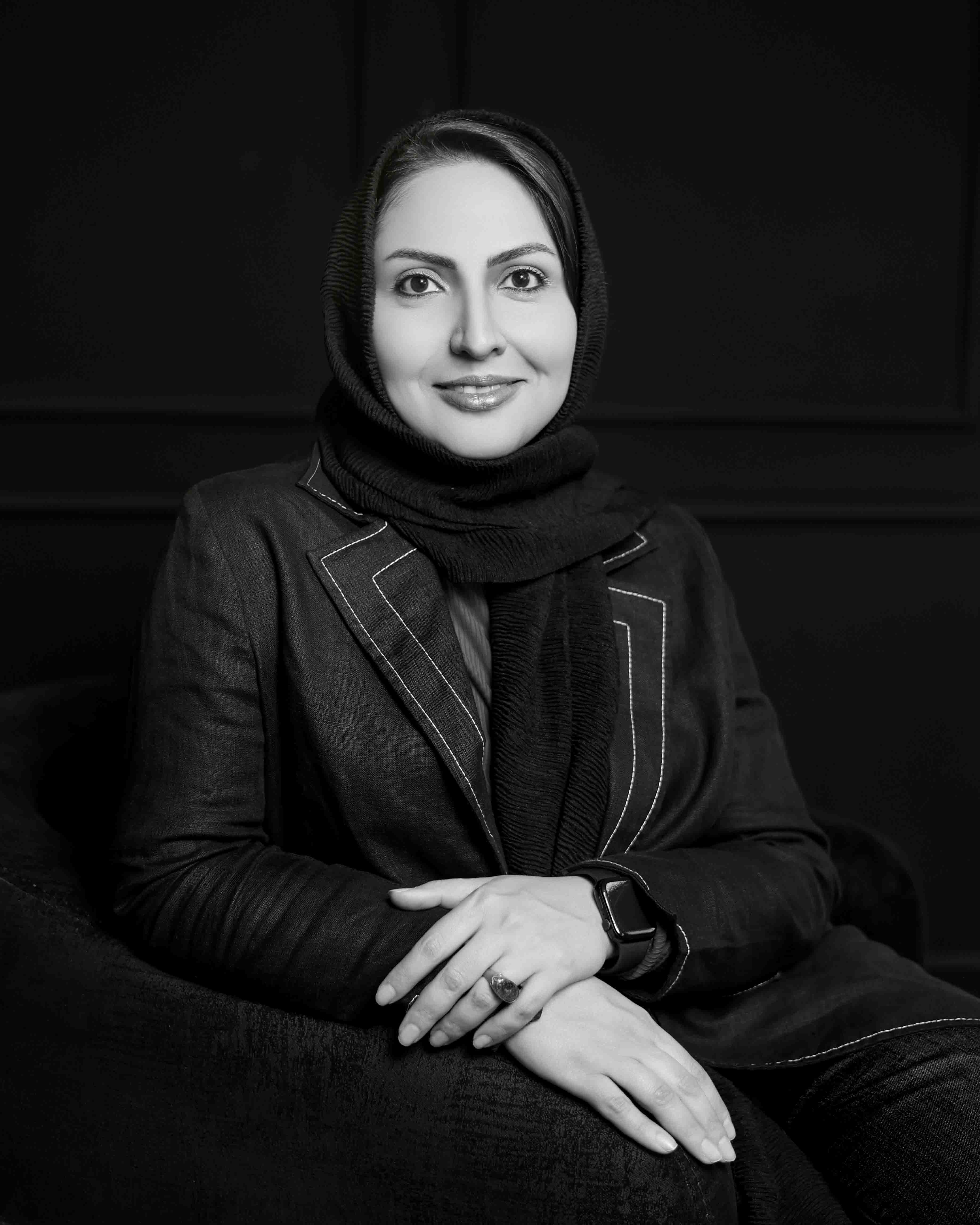
Elham Afsharian
Born in 1983 in Shiraz, a city rich in poetry and art, this journey began with a deep love for visual storytelling. Starting with a degree in Graphic Design, the path expanded into a Bachelor's in Handicrafts and a Master's in Iranian Art History. Further expertise was gained in Fashion Design and Management at Mod’Art International School in Paris, exploring the fusion of tradition and contemporary design. Currently pursuing a Ph.D. in Iranian Art History, the focus remains on innovative approaches in education, blending history with modern creativity. This work is not just about fashion; it’s a universal language connecting the past to the future.
ManaSheed?
Vision
MY SERVICES
Fashion Portfolio
Specialized Portfolio Training for Fashion Designers
- How to select and present your best work
- Structuring and designing a portfolio that is both attractive and user-friendly
- Utilizing modern digital tools to optimize and enhance your portfolio
- Principles of personal branding within your portfolio
With a strong portfolio, you will not only stay ahead in the competition but also unlock countless opportunities for professional and career growth.
Self-Investment Courses
Personal Development, Personal Branding, and Personal Marketing Course
- Personal Development: Gain self-awareness and a better understanding of your strengths and abilities, moving towards personal and professional growth. Learn how to acquire new skills, develop your talents, and prepare for life's and career's challenges.
- Personal Branding: Learn how to build a unique personal brand that reflects your values, lifestyle, and professional ethos. We'll teach you techniques to create a consistent and appealing image of yourself in the minds of others.
- Personal Marketing: Discover how to market yourself effectively to your industry, marketplace, or community. You'll use marketing techniques to promote yourself, expand your network, and attract the attention of employers or clients.
This course equips you with the tools and knowledge needed to strategically and impactfully develop your professional identity, helping you not only to advance in your career but also to have a positive impact in your personal and social life. Join us to move towards greater successes together.
Fashion Events
Organizing Specialized Fashion Exhibitions and Events
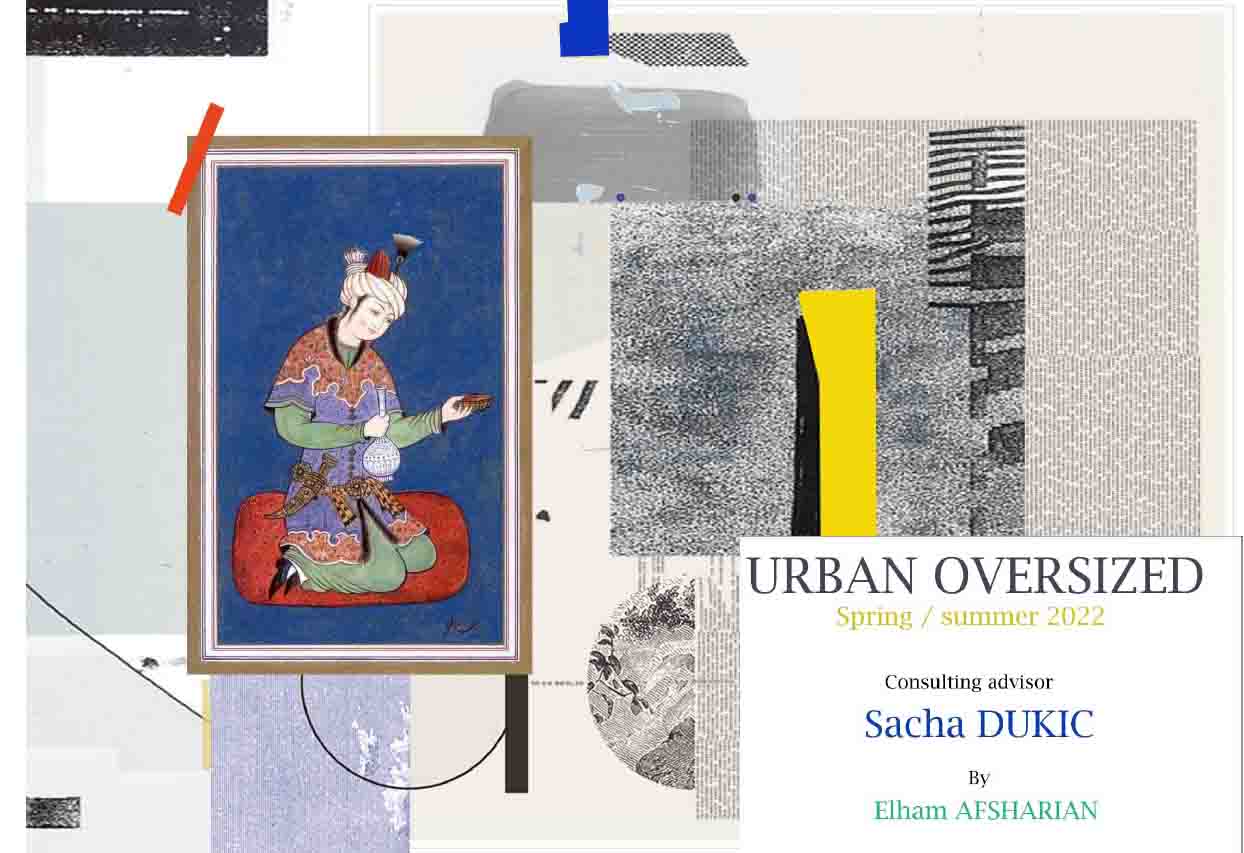
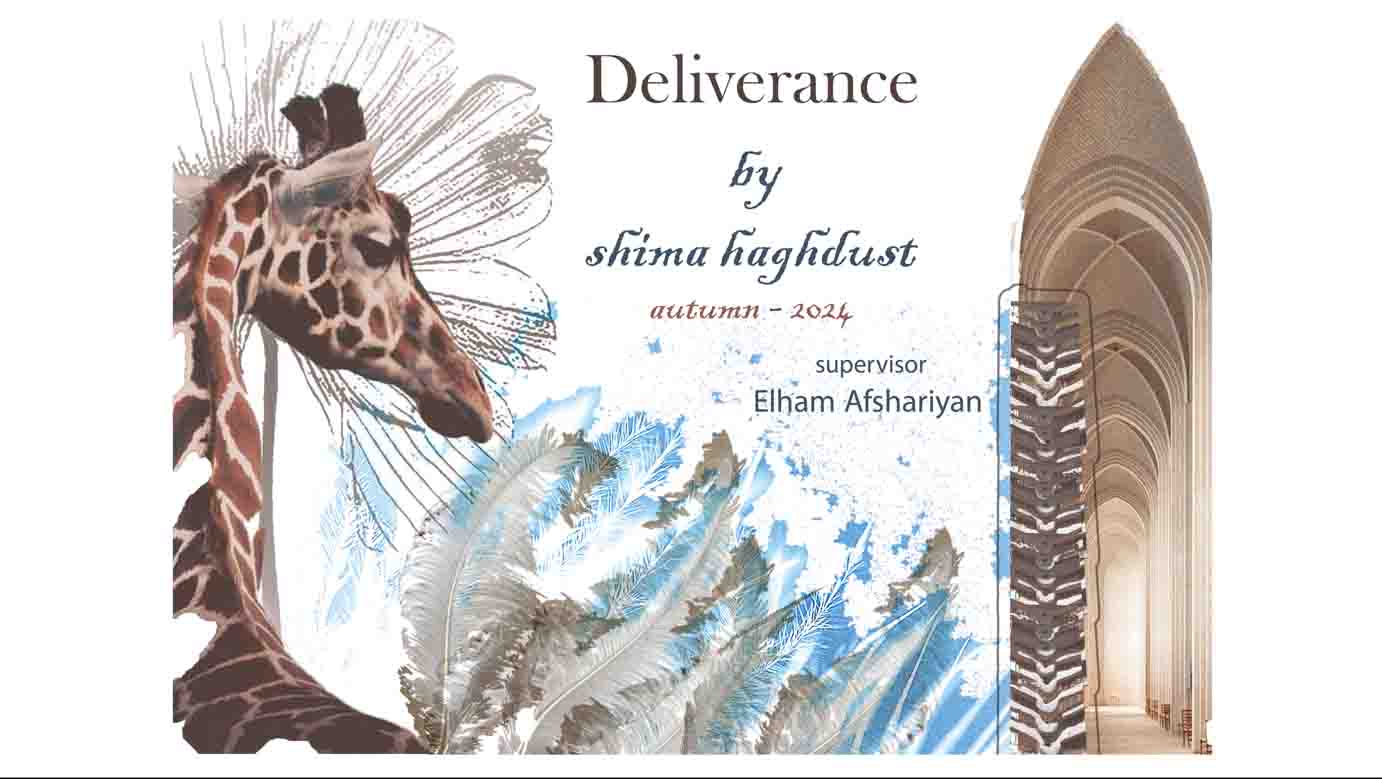
and stained glass
